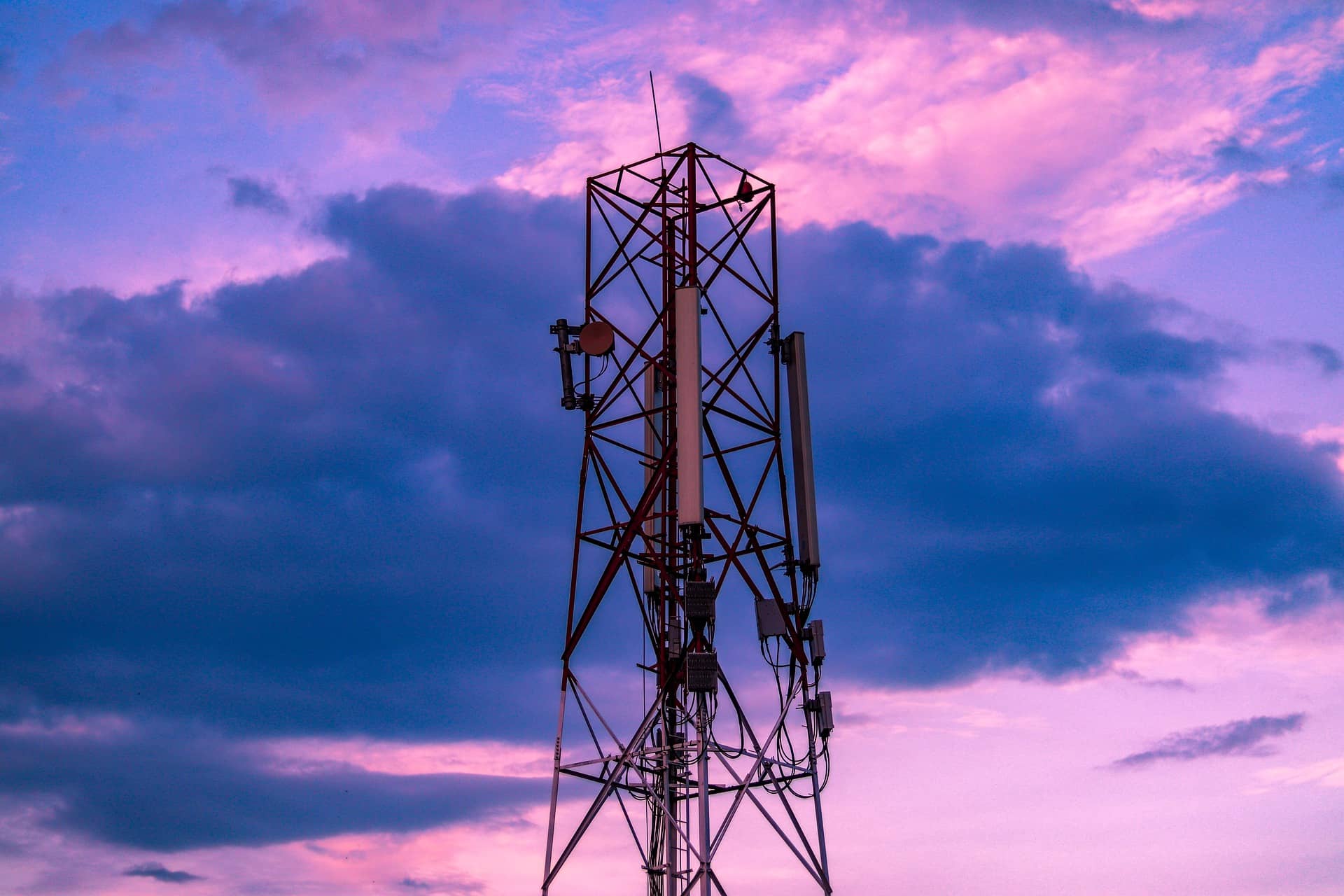
The invasion of Ukraine will forever go down as one of the most infamous moments of this era. It is a conflict that caught the world off guard as all nations began recovering from the pandemic.
The invasion has had ramifications in the telecoms sector as the industry’s two largest vendors Ericsson and Nokia announced plans to pull their operations from Russia and cease supply to operators in the country.
In separate recent updates, Ericsson announced that it had “indefinitely suspended” its business in Russia in April. It noted Russia and Ukraine combined accounted for less than 2% of annual turnover. Around 400 staff will be departing between September and the end of this year.
Nokia said in its statement: “The vast majority of our employees in Russia will have moved on from Nokia, and we have vacated all of our offices. We will retain a formal presence in the country until the legal closure is completed.”
According to analyst firm Dell’Oro Group, Russia makes up between 1.5% to 2% of the global RAN market, and around 10% to 15% in Europe. The analyst company estimates Ericsson and Nokia hold between 20% to 30% each of the Russian RAN market but noted to Developing Telecoms an exact picture of the landscape isn’t clear.
According to Counterpoint Research, the operators that are most reliant on Ericsson and Nokia are MTS, Tele2, Veon and MegaFon. All will have to turn to Chinese vendors and domestic outfit Rostec.
Geopolitical situations affecting telecoms are nothing new, especially not since Huawei and other Chinese technology companies faced bans from western governments, citing security concerns. However, the situation in Russia leaves an opportunity for the likes of Huawei and ZTE, to fill in the vacuum left by the Nordic technology giants.
Filling the gaps
Strand Consult CEO John Strand believes Huawei and ZTE will scoop up market share, as their compatriots have in other sectors in the Russian market.
“Chinese companies have stayed in Russia and are often filling gaps left by Western businesses. On the IT side HP and Dell pulled out but Lenovo and other Chinese vendors are still there. This means that Russia will probably be mainly Chinese vendors moving forward,” said Strand.
Counterpoint Research associate research director Gareth Owen pointed out that neither Ericsson nor Nokia are market leaders in the Russian RAN market, which is worth around US$1 billion annually.
“Huawei and ZTE are the major suppliers right now with Ericsson and Nokia responsible for around 35-40% of the market. I don’t think it is a big hit for Ericsson or Nokia, as neither of which are dominant suppliers », noted Owen. « Despite the Russian market being smaller compared to its global counterparts it presents many opportunities for Chinese companies. It is an opportunity not only for RAN equipment but also for other 5G infrastructure such as transport networks, 5G cores, cloud, etc. and also for handsets as well. Sales of Huawei handsets have surged in the past few months as have those of other Chinese handset vendors Oppo and Vivo, but Chinese vendors have to work out how to supply Russia without falling foul of US sanctions and that may be difficult for quite a while.”
Owen pointed out how ZTE almost went bankrupt after the US government ruled the firm had been illegally supplying equipment to Iran, then banning US companies from selling vital components to ZTE. Huawei and ZTE are both still reliant on US semiconductors made by TSMC, Intel and Samsung, noted Owen. With less choice of vendors, operators could potentially see higher prices for infrastructure gears to carry out coverage expansion and 5G deployment.
Owen said: “I think this will hit the Russian telecoms market quite hard, delaying the mainstream launch of 5G. If things stay as they are, it will take them quite a while to overcome this and develop alternative solutions. They might also have problems expanding and maintaining their 4G networks. The problem is that this is not just about Ericsson and Nokia, it also impacts Chinese vendors as well, who risk falling foul of US sanctions.”
Strand however disagreed, believing Russian operators such as Beeline, MegaFon, MTS and Rostelecom will not be missing out on much as 5G does not have a lot on offer in its current release state, hence customers will not be left behind.
“This will not be a society game changer for Russia. Yes, 5G is rolling out big time across Europe and US. But the 5G that was just released in release 15 and in release 16, basically has less functionality than the latest versions of 4G,” said Strand.
“4G right now is more advanced than the 5G solutions we see right now. For 5G to surpass 4G capabilities we had to go up to releases 17, 18, and 19. Right now 5G is just a cheaper and faster way to deploy more network capacity.”

